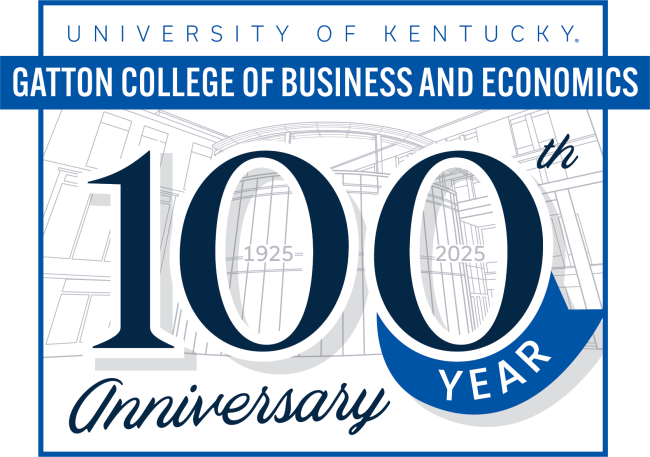News
The individual mandate of the Affordable Care Act (ACA) coupled with the Medicaid expansion in Kentucky makes reducing Medicaid eligibility rates of crucial importance. This brief examines the link between education and eligibility for Medicaid for the citizens of Kentucky. In general, the relationship is nearly mechanical in that higher education leads to higher incomes.
Economists and other researchers have long demonstrated the relationship between education and earnings. In this brief, we focus on the relationship between educational attainment and earnings in the state of Kentucky. Our results, in many ways, are unsurprising, as the old ad campaign said, “Education Pays.” What may be surprising is that we demonstrate that education pays not only in the big cities of Lexington and Louisville, but also in the more rural parts of the state, such as eastern Kentucky and western Kentucky.
While it is well known that a positive relationship exists between educational attainment and earnings for those who are in the labor market, an important part of how education impacts the well-being of families in Kentucky is the access to employment that it provides. In this brief, we examine the relationship between education and two measures of employment status: unemployment and labor force participation. What we find is quite striking: not only do those with higher education experience less unemployment, they are far more likely to be participating in the labor market.
Student loan debt has received a great deal of attention on in the popular press recently. However, the statistics and data that are frequently presented fail to fully capture the complexity of student loans and student debt. This brief presents a more complete picture of student loan debt, examining not only average debt of student borrowers, but presenting a full assessment of the distribution of debt and the types of schools.
Keeneland is an important Lexington Institution. This report shows that Keeneland draws individuals into Fayette County who spend money not only at Keeneland but in the city itself. We measure the economic impact of this spending on the local economy. For our initial study, we considered spending by patrons at the 2014 Fall Meet, the September Yearling Sale and the November Breeding Stock Sale. Based upon these findings, we were also able to assess the impact of the Spring Race Meeting, January Horses of All Ages Sale and the April Two-Year-Olds in Training Sale.
In this report, we investigate the impact of proposed tolls levied on users of the replacement for the Brent Spence Bridge, including impacts on commuting patterns and overall economic activity in Northern Kentucky. Overall, consistent with economic literature, the economic impact of the improved bridge will be positive and the toll, while slightly mitigating that impact, is likely to have only small effects on commuting patterns, trucking and retail and food service industries.

